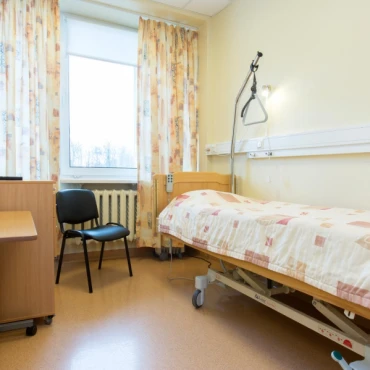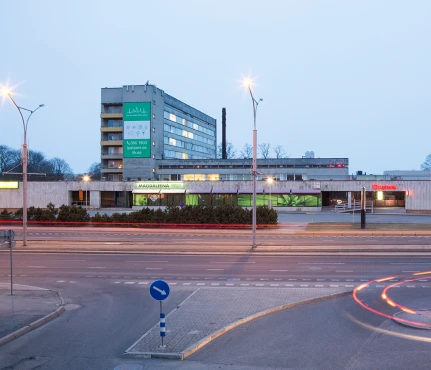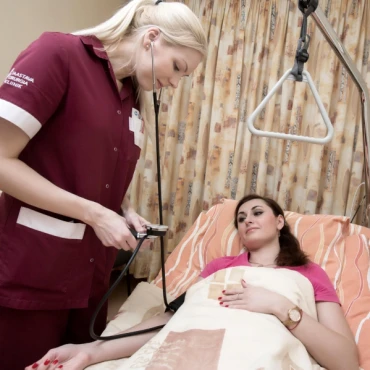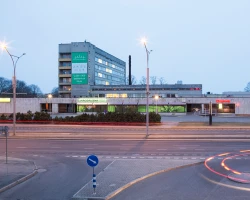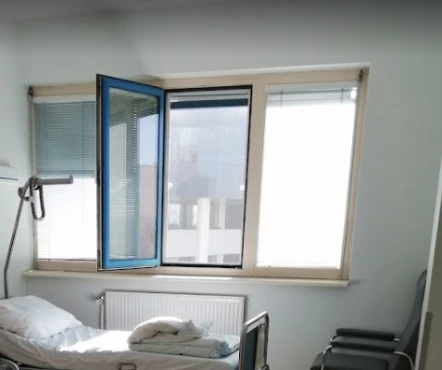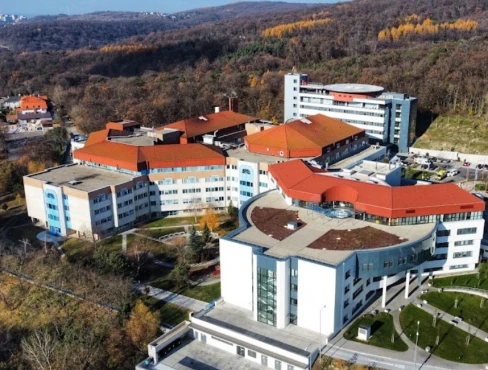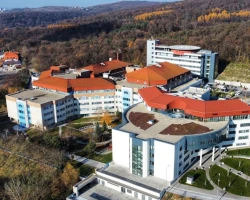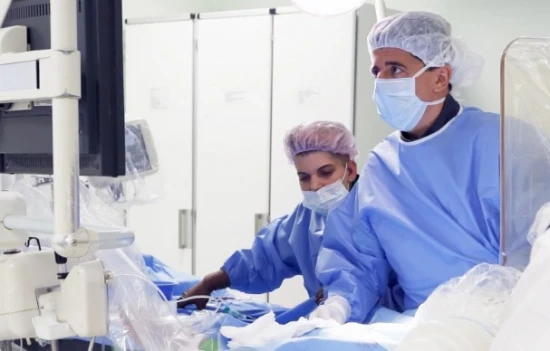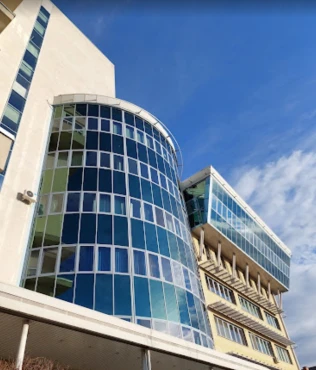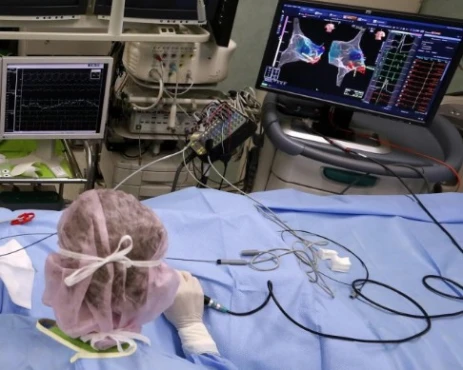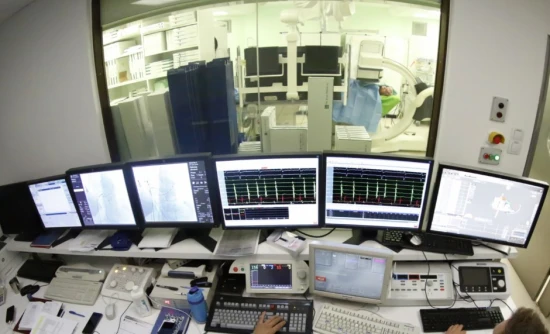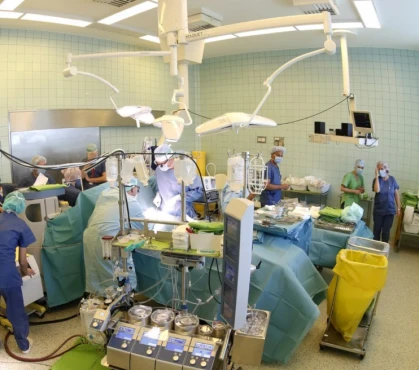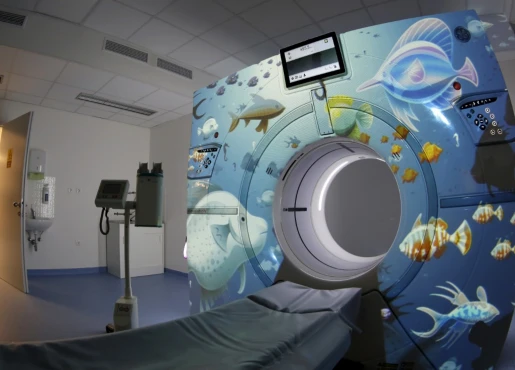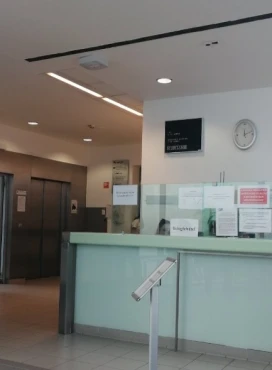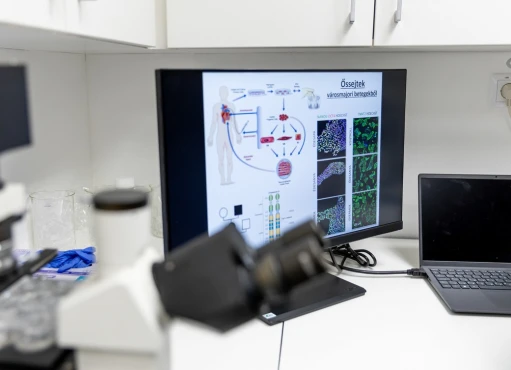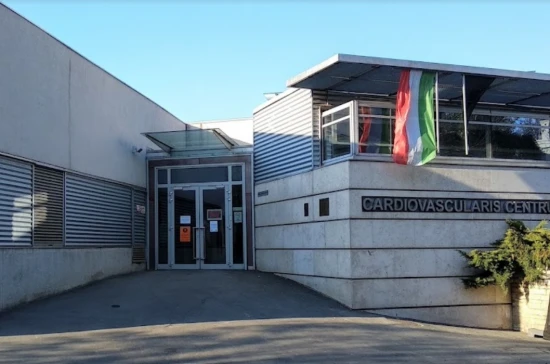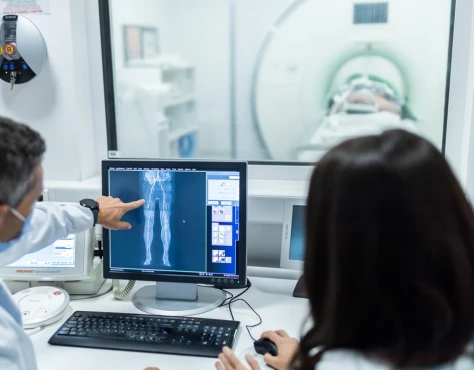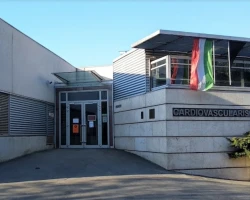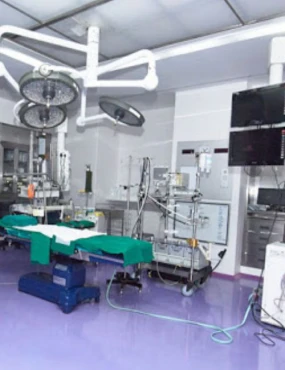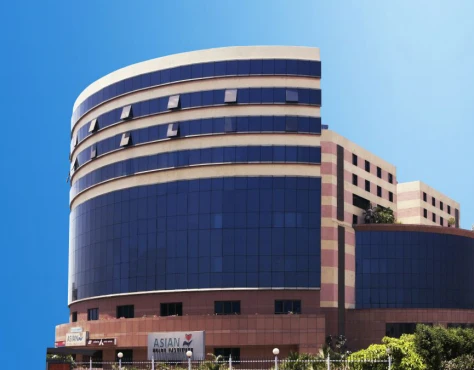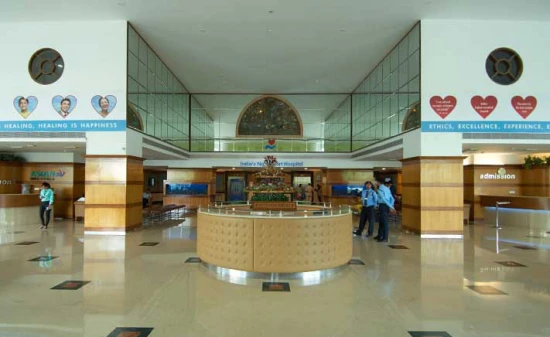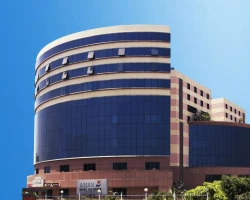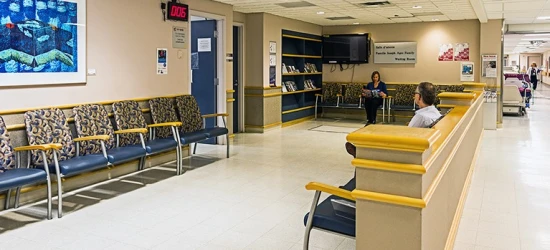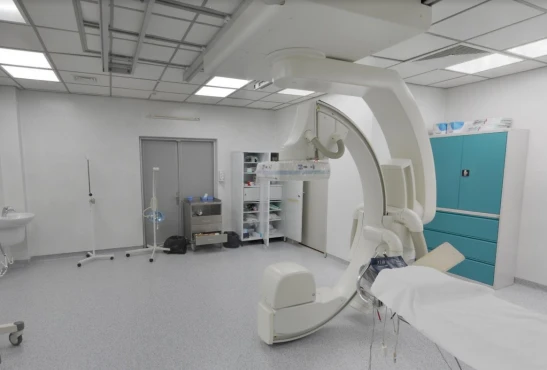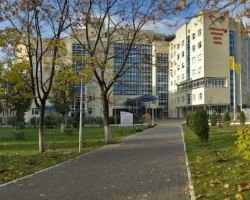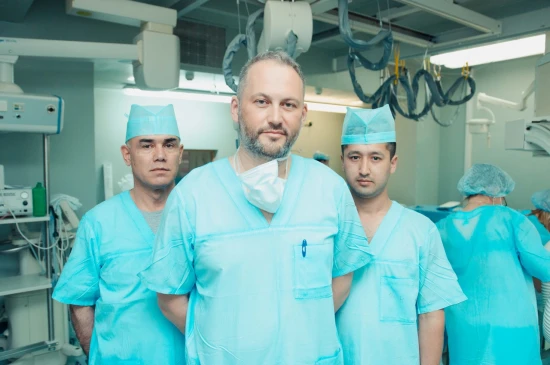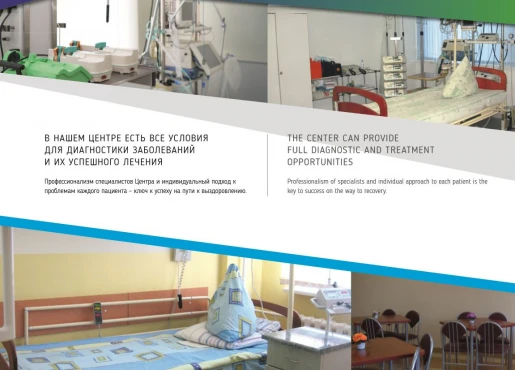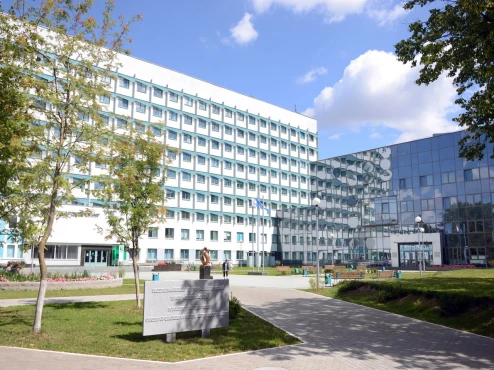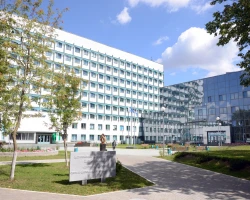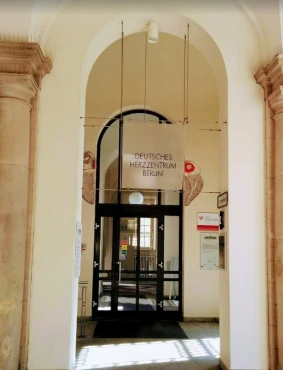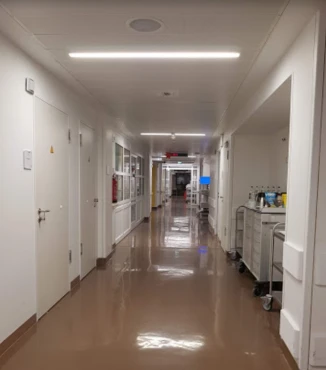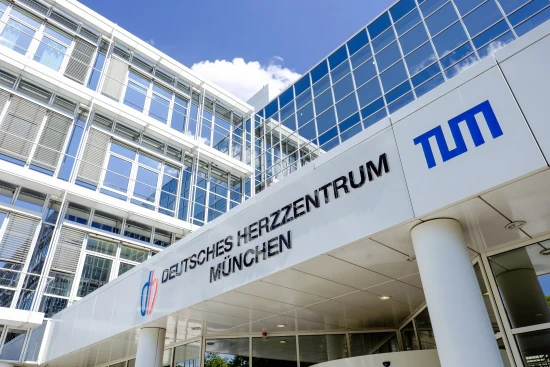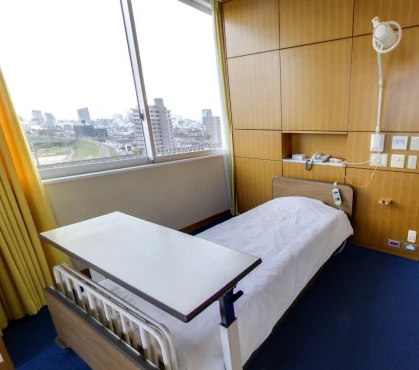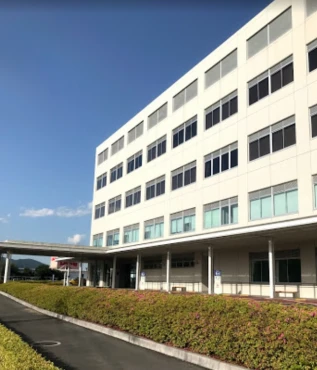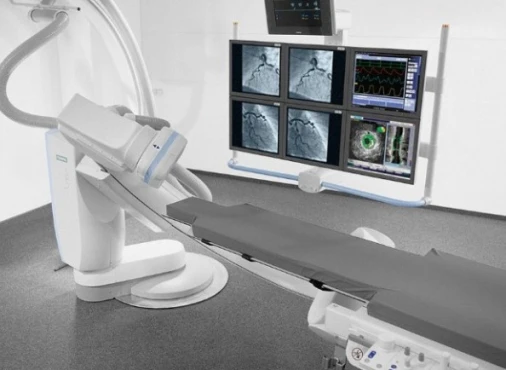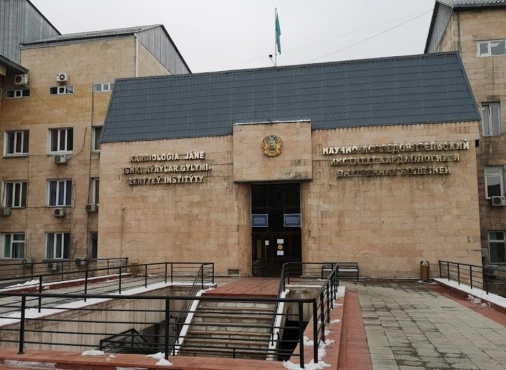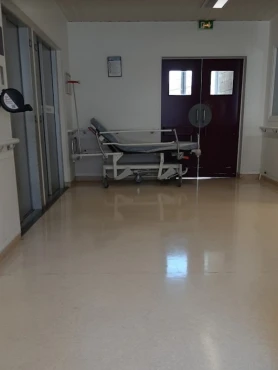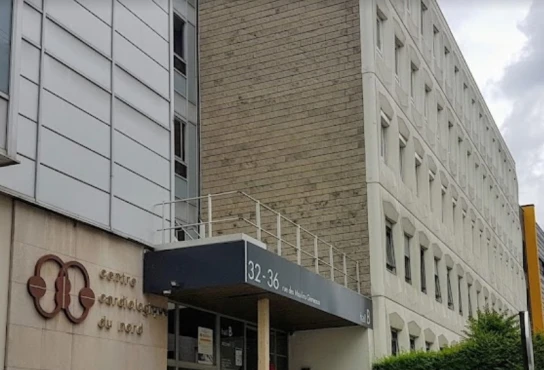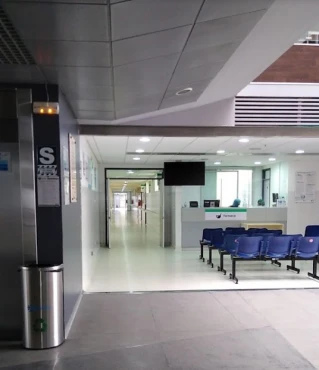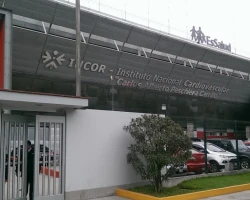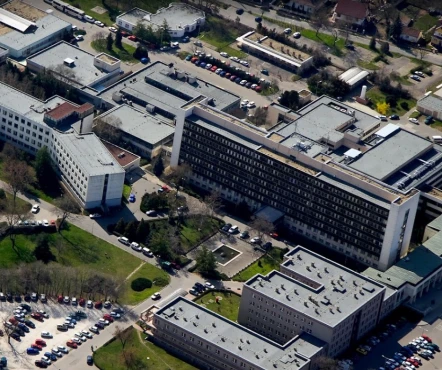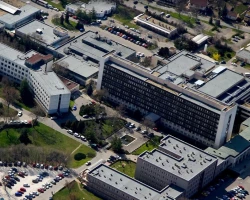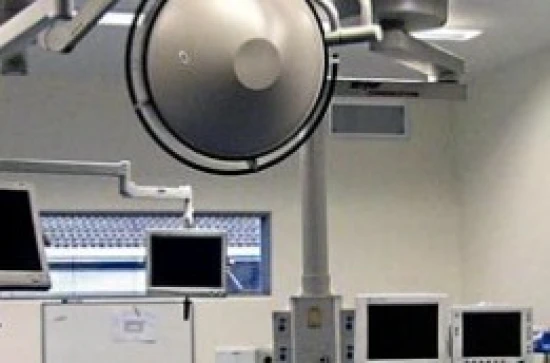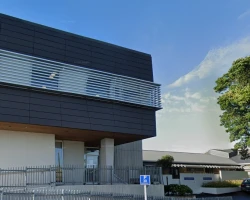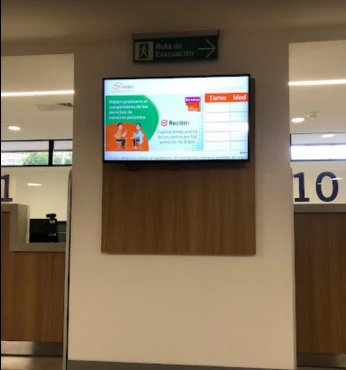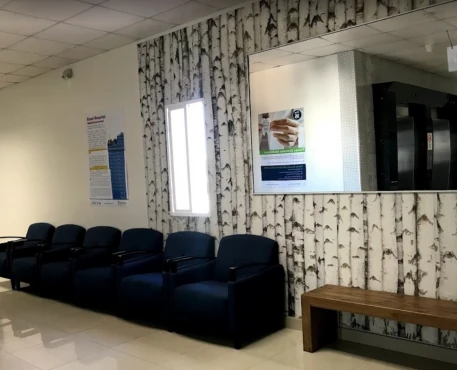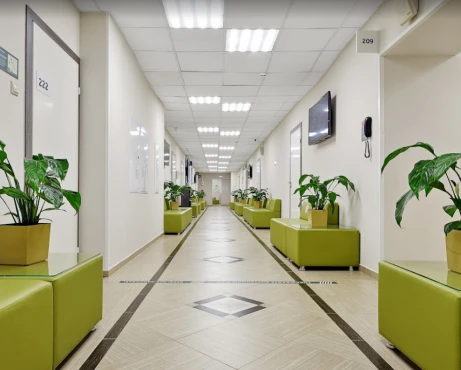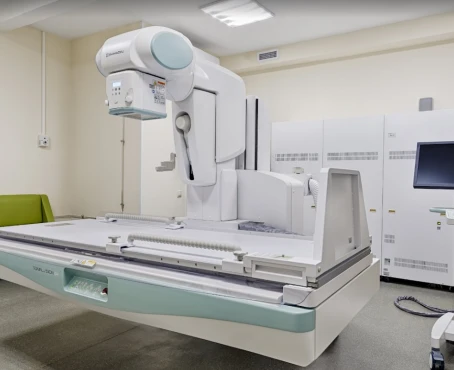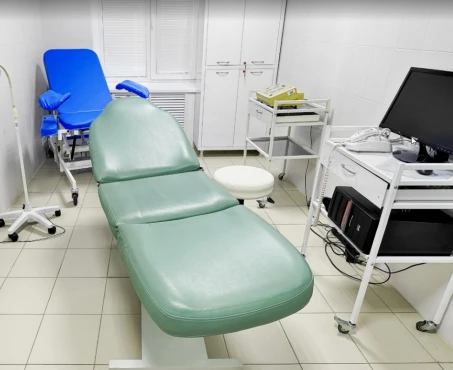Definition and causes of the disease
An aortic aneurysm is an aorta enlargement that is 1.5 times more than the normal diameter.
The aorta is the human body's central vessel, a hollow tube through which the heart pumps over 200 million liters of blood during its lifetime. The aorta starts from the left ventricle of the heart, runs down the spine, and at the level of the fourth lumbar vertebrae, branches into the common iliac arteries that supply the pelvic organs and lower extremities. The diaphragm divides the aorta into two parts: the thoracic and abdominal aorta. According to these segments, thoracic and abdominal aortic aneurysms are distinguished. The diameter of the aorta gradually narrows from its root (origin) to its bifurcation (division into the iliac arteries). In the thoracic aorta of healthy people, it usually does not exceed 4 cm, and in the abdominal aorta, it does not exceed 3 cm.
The prevalence of aortic aneurysms in the general population is highly dependent on age, sex, and geographic location.
Causes of aortic aneurysm
The causes of aneurysm formation have not been fully elucidated. The disease most often affects the abdominal aorta's end (infrarenal) section. Increasing aneurysm size increases the lesion area, the middle vessel sheath thins, and elastic fibers are lost. These changes lead to further progressive widening of the aortic diameter.
Risk factors include advanced age, male gender, tobacco smoking, atherosclerosis (especially in the coronary and carotid arteries), hypertension, obesity, and heredity.
Symptoms of an aortic aneurysm
Aortic disease may often not present with any clinical manifestations. This is especially true for small and moderate-sized aneurysms. At diagnosis, 75% of patients have no complaints. Nevertheless, there are several symptoms of aortic aneurysm that should be paid attention to, especially in the presence of the above risk factors.
First and foremost is the pain syndrome. With aortic aneurysms, patients may feel sharp or throbbing pain in the abdomen. This pain may spread to the back, lower back, buttocks, groin, or lower extremities. These symptoms, especially with a feeling of distention and throbbing, may indicate rupture of a dilated vessel, which is a life-threatening condition accompanied by shock.
There are times when patients with undiagnosed aortic aneurysms come to the doctor for other reasons. For example, there may be strokes due to blockage of the cerebral vessels by clot fragments from the aortic aneurysm sac. Or intermittent claudication (pain in the legs when walking) and bluish discoloration of the feet, which is a consequence of blockage of small arteries of the lower extremities.
Pathogenesis of aortic aneurysm
At the microscopic level, abdominal aortic aneurysms cause changes in the vessel's middle sheath (media), which are accompanied by the destruction of elastic fibers. The lesion of the middle aortic sheath, i.e., its musculo-elastic carcass, due to age and inflammatory changes, leads to nutritional disorders of the vascular wall. A "bag" of replacement scar tissue is formed, inside which thrombi can accumulate. Blood movement in the dilated area slows down and swirls. As it grows, this "bag" compresses the stomach, intestines, kidneys, ureters, and nerves. Gradually, as the aneurysm progresses, necrosis is dying off of its wall. As a result, the aorta ceases to resist blood pressure and ruptures.
There are also so-called false aneurysms. They are formed from a pulsating hematoma due to traumatic injury to the aorta. It is limited only by connective (fibrous) tissue lined from the inside with thrombi. Quite often, such pathological conditions associated with severe organs are prone to progression.
Classification and stages of aortic aneurysm development
The classification of aortic aneurysms is quite extensive. It is different for thoracic and abdominal aortic aneurysms.
Classification of abdominal aortic aneurysms is determined by the need to determine the best method of surgical treatment. It considers the causes, structure (morphology), localization, and clinical course of aneurysms.
By etiology (cause):
- congenital;
- acquired.
By structure:
- true;
- false;
- dissected.
Form:
- sac-like;
- diffuse.
By clinical course:
- uncomplicated;
- complicated (ruptured).
From the physician's point of view, the gradation of the disease by location and extent is of utmost importance. In this case, surgeons distinguish four types:
- Aneurysm of the proximal (near the beginning) segment of the abdominal aorta with lesions of visceral branches - arteries feeding internal organs.
- Aneurysm of the infrarenal segment (located below the level of the renal arteries branching from the aorta) without extension to the terminal part of the aorta (its bifurcation).
- Aneurysm of the infrarenal segment of the aorta with extension into the area of branching to the common iliac arteries.
- Total abdominal aortic lesion.
Complications of aortic aneurysm
Aortic dissection and rupture are considered to be the most dangerous complications of abdominal aortic aneurysms. Aortic dissection is a divergence of the main artery's middle sheath due to blood flow from the vessel lumen through a rupture of the inner (intimal) sheath. The resulting channel is called a false lumen. At the same time, it is worth understanding that aortic dissection can be observed without an aneurysm. Aortic rupture in the absence of treatment is accompanied by 100% lethality. Death can occur immediately or a few days after rupture.
Aortic dissection is divided into acute (lasting up to two weeks), subacute (lasting up to two months), and chronic stages. The aortic wall is as fragile as possible in the acute stage, so its ruptures are the most common. Depending on the extent, four types of aortic dissections are distinguished, which play a fundamental role in determining treatment tactics. Symptoms and clinical manifestations of aortic dissection are immediate: an acute increase in pressure, weakening of pulsation, consciousness becomes lethargic, the eye is fixed, and the body is covered with cold, sticky sweat.
Complications of abdominal aortic aneurysms also include ruptures and thrombosis. Quite often, the rupture of these aneurysms serves as the first symptom of the disease. The main complaint of patients will be pain syndrome: sharp pain in the middle of the abdomen, more often on the left side, with irradiation to the lumbar region, groin, and perineum. In the abdomen, a pulsating formation is felt, and a decrease in blood pressure is noted.
Diagnosis of aortic aneurysm
Physical examination
Any examination begins with a physical examination. Palpation of the abdomen can detect a pronounced pulsation, as well as increased size of the aorta, but most often, the presence of this pathology can rarely be determined by objective examination. Therefore, additional instrumental methods play a leading role in diagnosis.
CT and MRI
Computed tomography (CT) and magnetic resonance imaging (MRI) can determine the diameter and extent of the aneurysm and the presence of blood clots. Scans can be performed with or without contrast.
Computed tomography can also diagnose aortic aneurysms, requiring additional contrast agent administration most often.
Aortography
The best, although not obligatory, way to diagnose the thoracic aorta is aortography - an X-ray examination with an injection of contrast agent directly into the aortic root through a catheter from the femoral (or other) vein.
Ultrasound
Abdominal aortic aneurysms can be diagnosed by routine examination. It is detected palpatory as a dense, pulsating mass in the abdomen at approximately the navel level. The patient is then usually referred for ultrasound diagnosis of the abdominal aorta, as this method of examination has several advantages: speed of performance, safety, informativeness, and reproducibility, which makes it one of the best methods for diagnosing end aortic aneurysms.
Treatment of aortic aneurysm
Treatment of aortic aneurysms is aimed at preventing them from rupturing. It can be conservative and surgical.
Conservative treatment
The primary purpose of conservative therapy is to reduce blood pressure and the force of heart contraction, as well as to correct comorbidities such as coronary heart disease, diabetes, kidney disease, etc.
Surgical treatment
Modern surgical techniques for treating aortic aneurysms are divided into endovascular and conventional surgical interventions.
Endovascular method - remote implantation of special tubular prostheses (stent grafts) into the aortic lesion area from inside through a catheter placed in the femoral artery. This treatment method is performed under local or regional anesthesia; it is minimally traumatic and painless and reduces the time of hospital stay and mortality.
Abdominal aortic aneurysms with a diameter greater than 5.5 cm in men and 5.2 cm in women have a high risk of rupture and, therefore, require immediate consultation with a vascular surgeon to determine the indications for surgical treatment. It is performed in vascular departments by access through the anterior abdominal wall (laparotomy) and also aims to replace the affected aortic segment with a prosthesis.
There is a possibility of complications in the surgical treatment of such severe diseases (as in other therapeutic and diagnostic interventions).
Prognosis. Prevention
The prognosis of aortic aneurysms is complex because many factors have to be taken into account. Most patients are older people with several comorbidities, so the balance of risks (age, gender, body mass index, comorbidities, allergies) must be determined very carefully. In the absence of timely treatment, complications may develop, the most severe of which is the rupture of the aneurysm. In case of aortic rupture, it is rare to save the patient. Nevertheless, modern treatment methods reduce the lethality of this group of patients, prolonging and improving the quality of life. The five-year survival rate after elective abdominal aortic prosthesis surgery reaches 80%, and about 40% live at least ten years after the operation.
Prevention of aortic aneurysms should be emphasized. Excluding congenital conditions that cannot be prevented, it is often possible to reduce the risk of the disease by affecting modifiable, i.e., controllable, risk factors. First of all, the prevention of atherosclerosis is one of the causes of the development of aortic aneurysms. For this purpose, it is necessary to:
- to control blood pressure;
- adhere to the principles of healthy eating;
- practicing moderate physical activity;
- to stop smoking.
Tobacco smoking reliably increases the odds of abdominal aortic aneurysms fivefold.
The presence of several risk factors for abdominal aortic aneurysms (men over 65 years of age, smokers, those suffering from coronary heart disease, atherosclerosis of brachiocephalic arteries) should undergo a medical examination, during which ultrasound is targeted to detect pathologic dilation of the aorta. When applied on a mass scale, this approach can reduce the mortality rate from ruptured aneurysms almost twofold.
